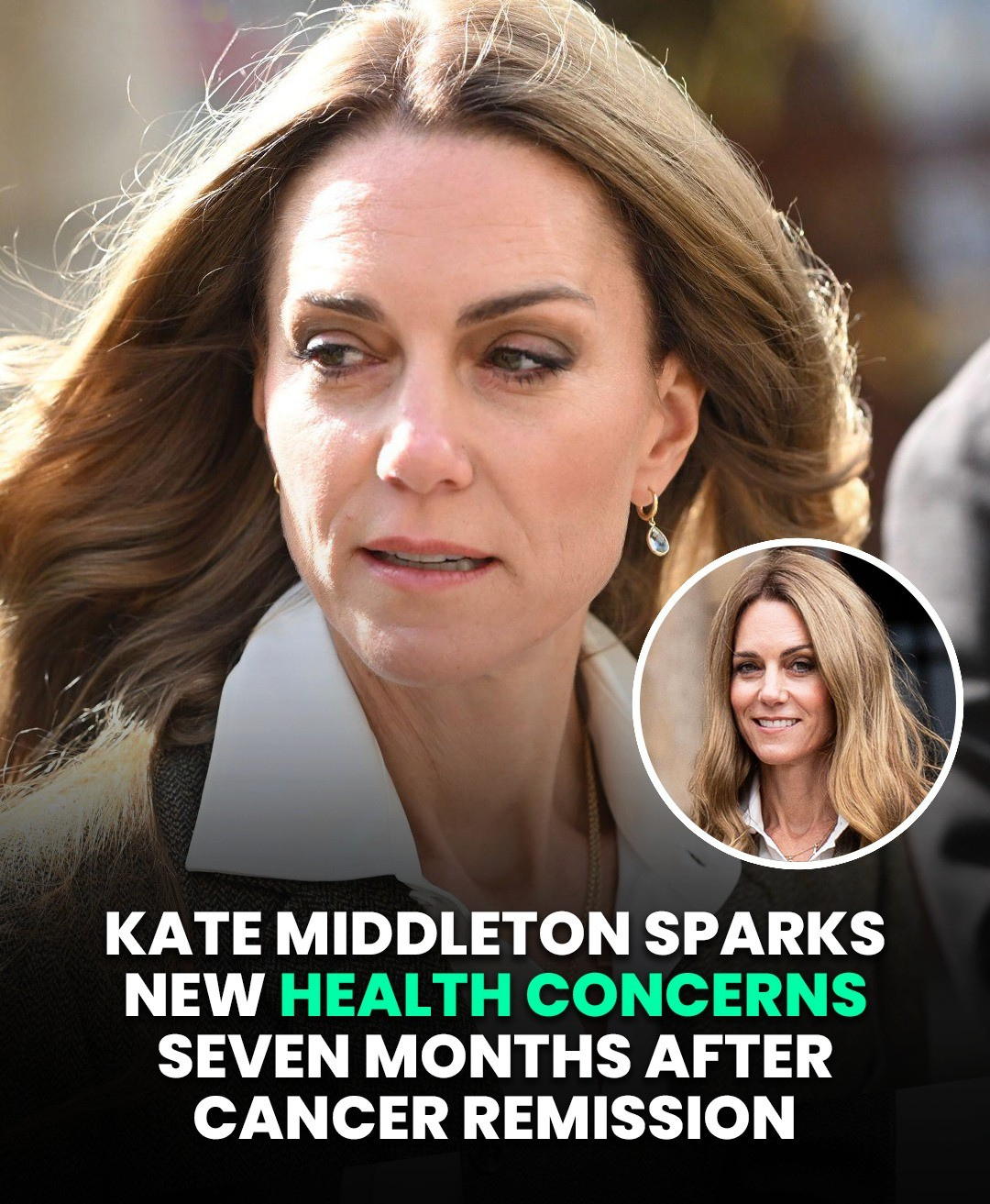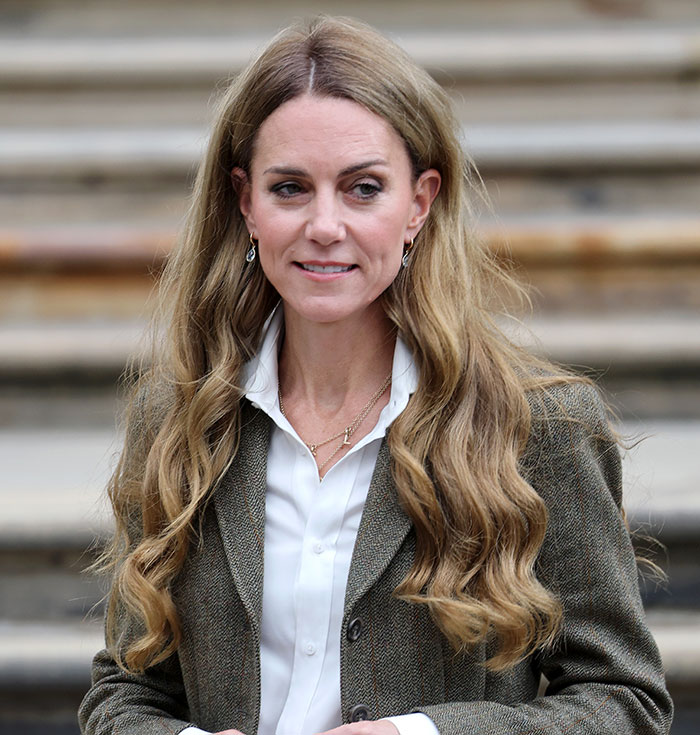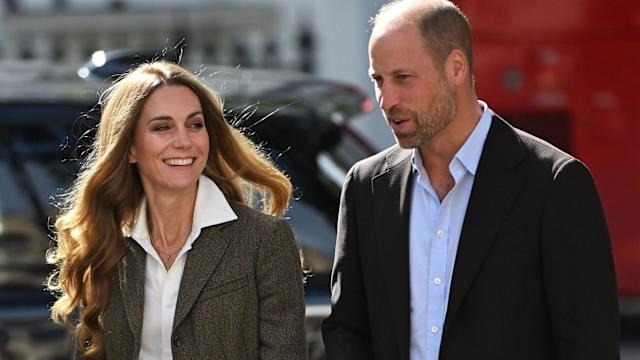
The Princess of Wales has raised fresh concerns about her health after sharing a deeply personal update on her cancer journey.
Kate, 43, first revealed her diagnosis in March 2024, following weeks of speculation about her absence from public life. At the time, she disclosed that what was initially believed to be a non-cancerous condition was later confirmed to be cancer after abdominal surgery in January.
“In January, I underwent major abdominal surgery in London, and at the time it was thought my condition was non-cancerous,” she explained in a heartfelt video message. “The surgery was successful. However, tests after the operation found cancer had been present. My medical team therefore advised that I should undergo a course of preventative chemotherapy, and I am now in the early stages of that treatment.”
Stepping Out With a New Look

Yesterday (September 5), the Princess returned to royal duties alongside Prince William at London’s Natural History Museum, where she has been a patron since 2013. She toured the gardens used as teaching resources—but it was her noticeably lighter blonde hair that captured public attention.
Social media buzz quickly erupted, with some speculating that Kate may have been wearing a wig. The rumors intensified after her earlier hospital visit in January, when she revealed she had chosen not to use a “cold cap”—a scalp-cooling device that can reduce hair loss during chemotherapy.
Celebrity hairstylist Sam McKnight, who famously worked with Princess Diana, slammed the online chatter as “horrified, dismayed, and disgusted.” Writing on Instagram, he said: “A woman’s hair is very personal to her—it’s armor, defense, confidence, and so much more. I cannot believe how lacking in empathy are the comments… attacking a vulnerable young woman, who has no choice, by dint of who she married and the role she took on, to bravely face the public.”
Kate on Finding Her “New Normal”

In her most recent update, during a visit to a hospital garden in Essex, the Princess spoke candidly about the challenges of life after chemotherapy.
“You put on a sort of brave face, stoicism through treatment,” she admitted. “Treatment’s done, then it’s like, ‘I can crack on, get back to normal.’ But actually, the phase afterwards is really, really difficult.”
She continued: “You’re not necessarily under the clinical team any longer, but you’re not able to function normally at home as you perhaps once used to. And actually, someone to help talk you through that, show you and guide you through that sort of phase that comes after treatment—I think is really valuable.”
For many, her words reflected the hidden reality of cancer recovery, reminding the public that the hardest battles often come after treatment ends.